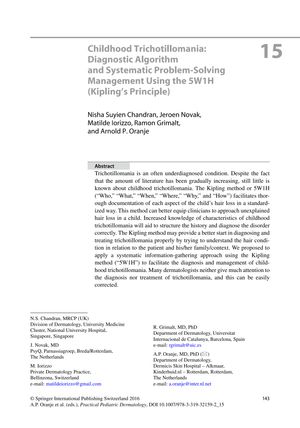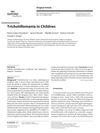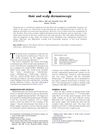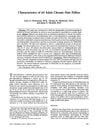Childhood Trichotillomania: Diagnostic Algorithm and Systematic Problem-Solving Management Using the 5W1H (Kipling’s Principle)
January 2016
in “
Springer eBooks
”

TLDR The conclusion is that using the 5W1H method can improve diagnosis and management of childhood hair-pulling disorder.
The document from 2016 presents a diagnostic algorithm and management strategy for childhood trichotillomania (TTM), a condition characterized by the compulsive pulling of one's own hair, using the 5W1H (Kipling's Principle) approach. It highlights that TTM is often underdiagnosed and may be associated with other psychiatric, behavioral, or developmental issues, with studies showing varying degrees of comorbidity. The scalp is the most common area affected, and diagnosis can be aided by clinical assessment and dermoscopy. Treatment options include behavioral therapy and pharmacotherapy, though results can be mixed. The document emphasizes the importance of a strong patient-physician relationship and suggests that the 5W1H method can help in systematically diagnosing and managing TTM, potentially leading to fewer relapses. It also points out the need for better training among dermatologists in psychocutaneous disorders, as only 18% reported a clear understanding of psychodermatology.







